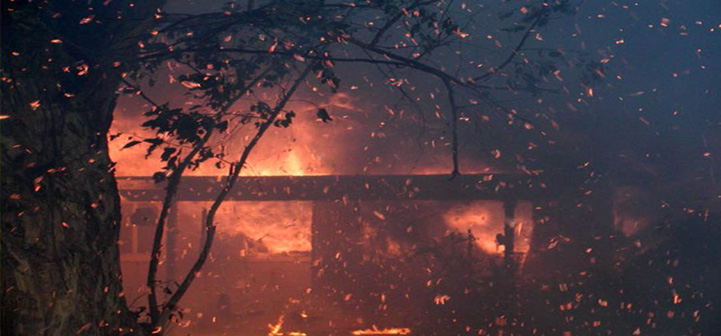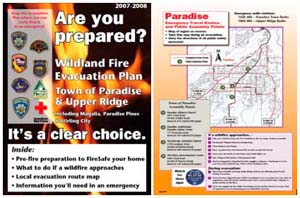
Stephen Quarles is an expert on how building materials perform and how different building designs fare in wildfires. For example, does the roof design make the structure more vulnerable to wildfires?
“I am interested in the durability of buildings exposed to fire and rain. When you can find ways to help a building survive several hazards, you can really argue the benefit of that feature. I like learning something new but it’s not fun when you learn from the suffering …





